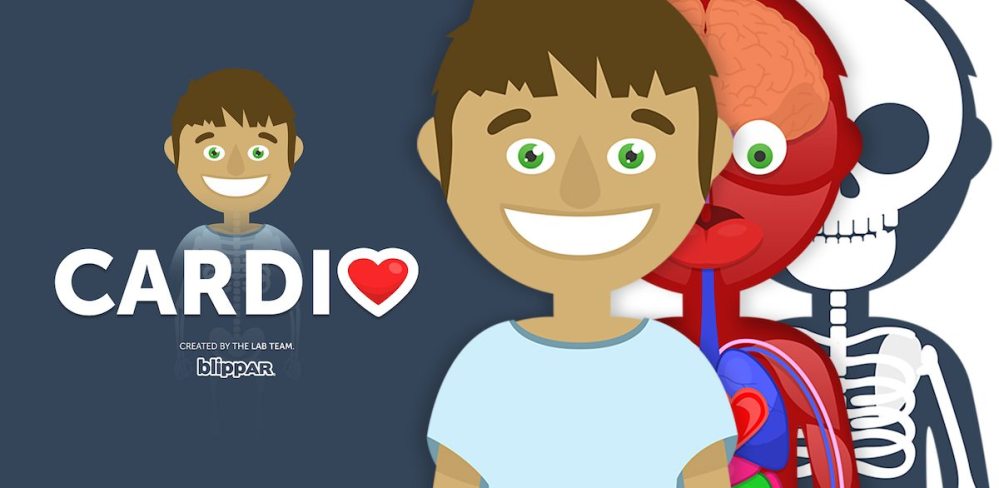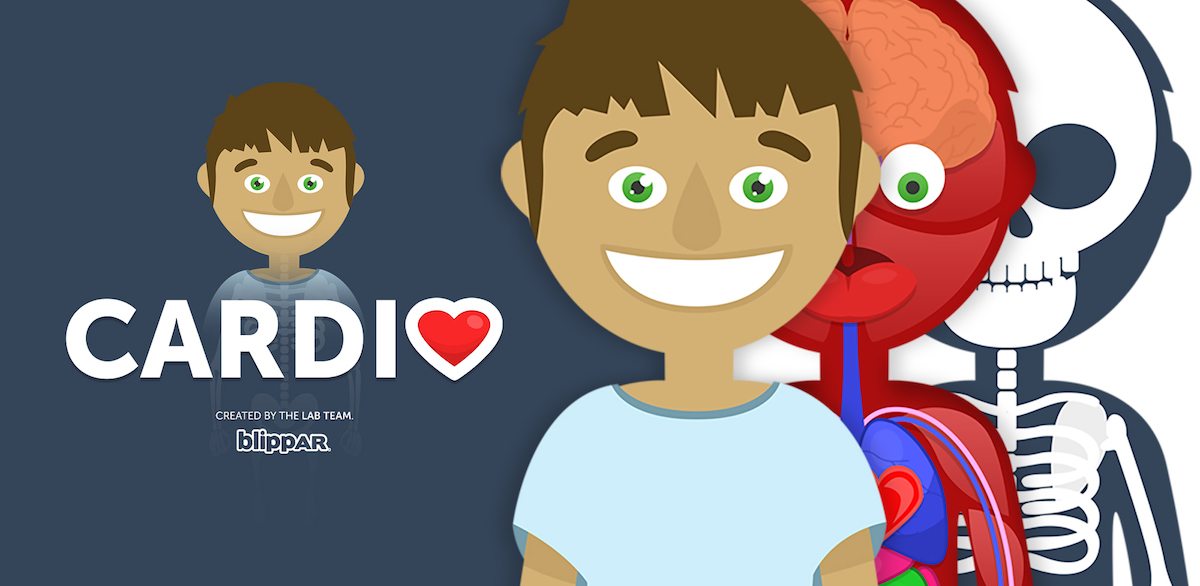After pushing the boundaries of image recognition and developing a version of their software that embraced augmented reality (AR) with an application designed for Google Glass (Blippar’s Glass Is Half Full on The Architechnologist, 28 Feb 2014), Blippar is recognized as an innovator of the highest degree. Now, the company’s new innovation and R&D unit has announced the launch of Cardio VR, a virtual reality (VR) application designed for Google Cardboard.
The Blippar Lab unit has taken a unique, but very logical, route to the introduction of virtual reality headsets: beginning their development of VR experiences with an application designed for young users and the least expensive version of the hardware available. Cardio VR creates a kid-friendly virtual reality experience that puts users in an animated version of a doctor’s office where they follow along with the experience to identify ailments and remedy the patients’ conditions.

Image Credit: Blippar
Cardio VR’s innovative functionality offers users a new type of game-play, calling their interface “invisible.” Users are able to control game action exclusively through their head movements, creating a fully immersive experience that does not require awkward controls that often force a break in the suspension of disbelief required for virtual reality.
Cardio VR from Blippar Lab demonstrates our agile, creative approach to using technology in a virtual reality environment. We’re excited to push the evolution of VR with an invisible user interface designed specifically for how kids will use Google Cardboard.
— Steve Spencer, Chief Experience Officer at Blippar
Cardio VR is available for the Google Cardboard viewer on both iOS and Android.
Building on their earlier success with visual discovery, Blippar is imagining new use cases for augmented and virtual reality. Cardio VR for Google Cardboard puts Blippar in a position of powering a technological revolution, not just by allowing children to learn about the human body but by developing an accessible virtual reality experience that will allow people to learn about and discover the world.




